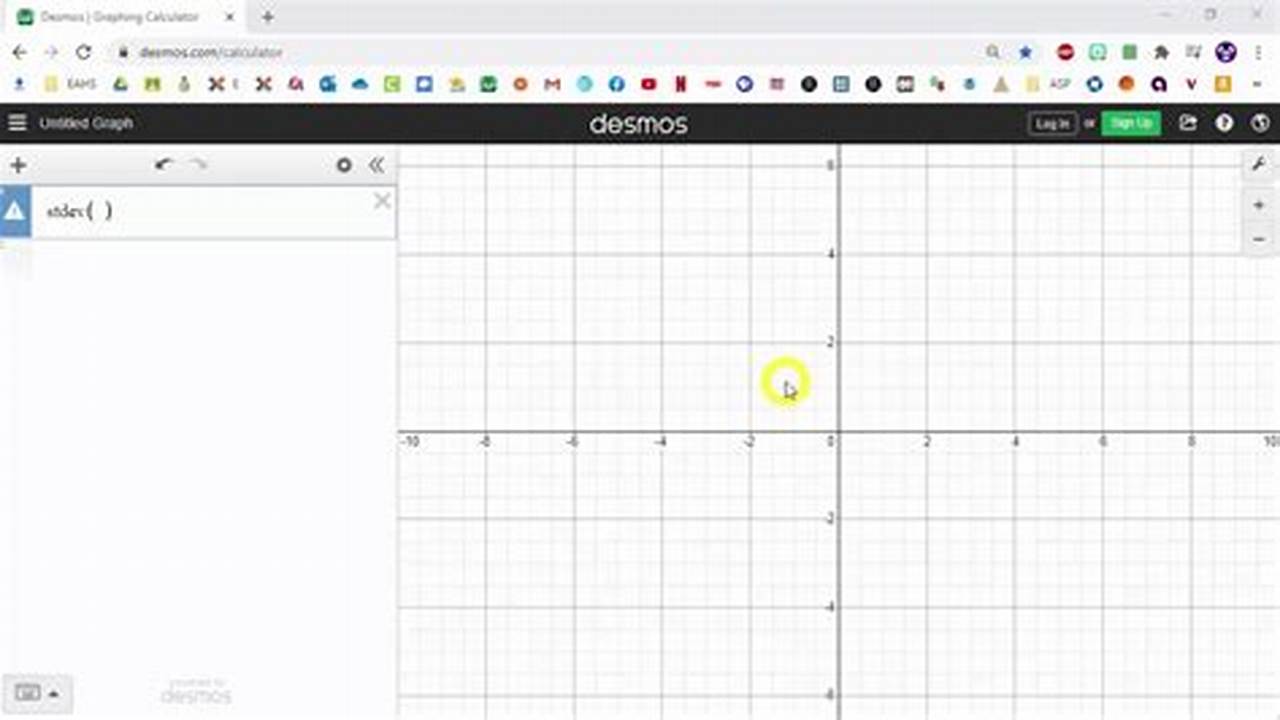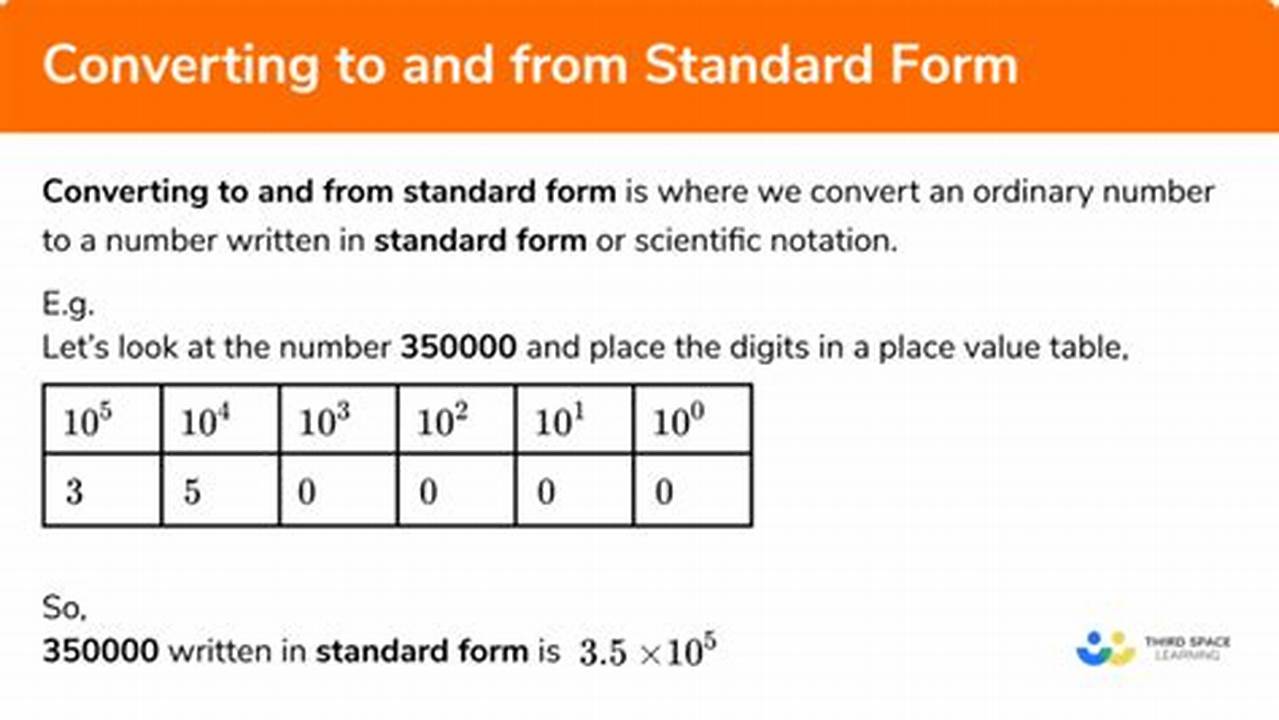
Standard deviation is a measure of how spread out a set of data is. It is calculated by finding the square root of the variance, which is the average of the squared differences between each data point and the mean. Standard deviation is a useful statistic for understanding the distribution of data and for making comparisons between different data sets.
In Excel, there are two functions that can be used to calculate standard deviation: STDEV and STDEVP. The STDEV function calculates the standard deviation of a population, while the STDEVP function calculates the standard deviation of a sample. The main difference between the two functions is that STDEV assumes that the data set is the entire population, while STDEVP assumes that the data set is only a sample of the population.


